-
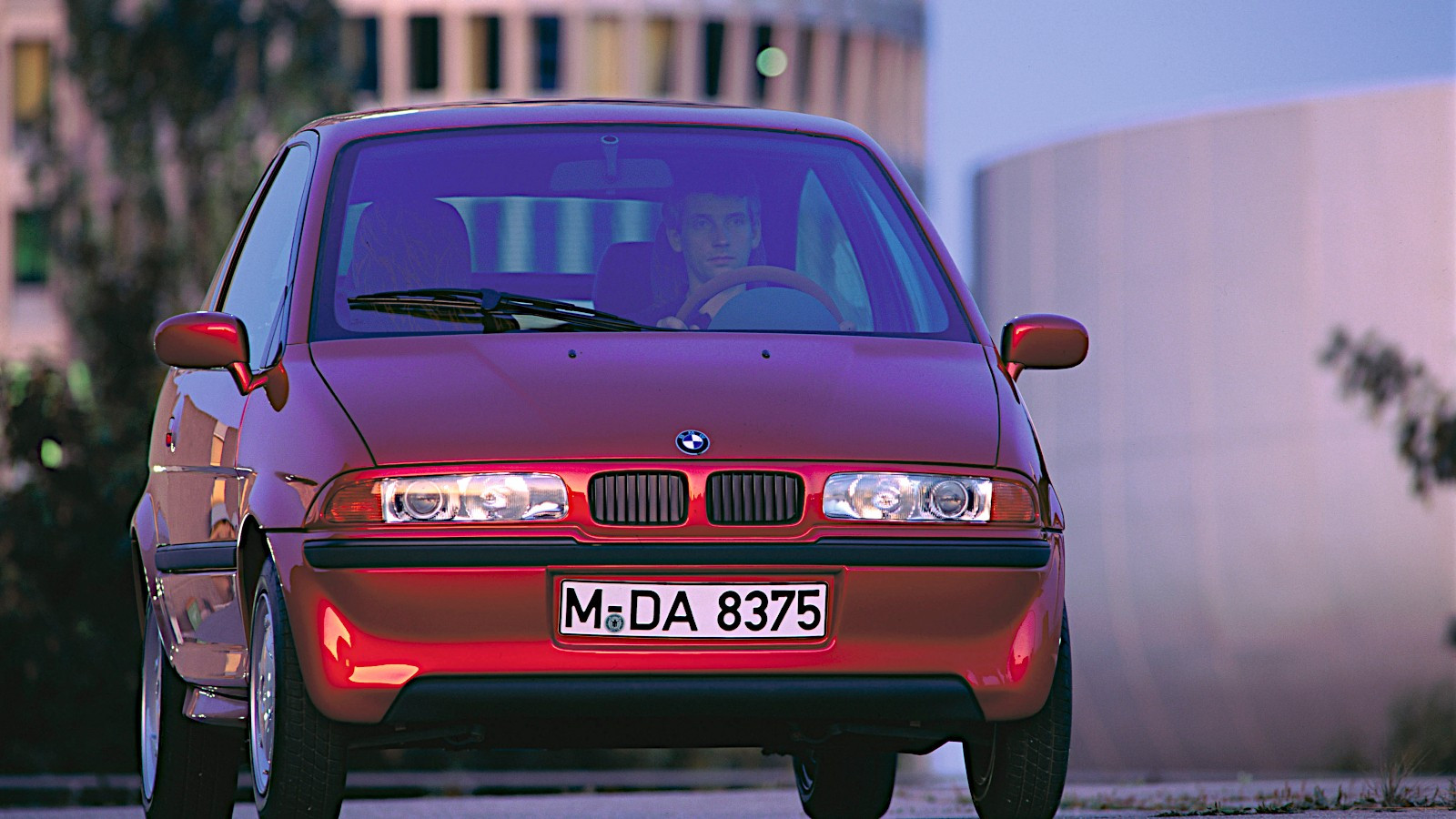 © BMW
© BMW -
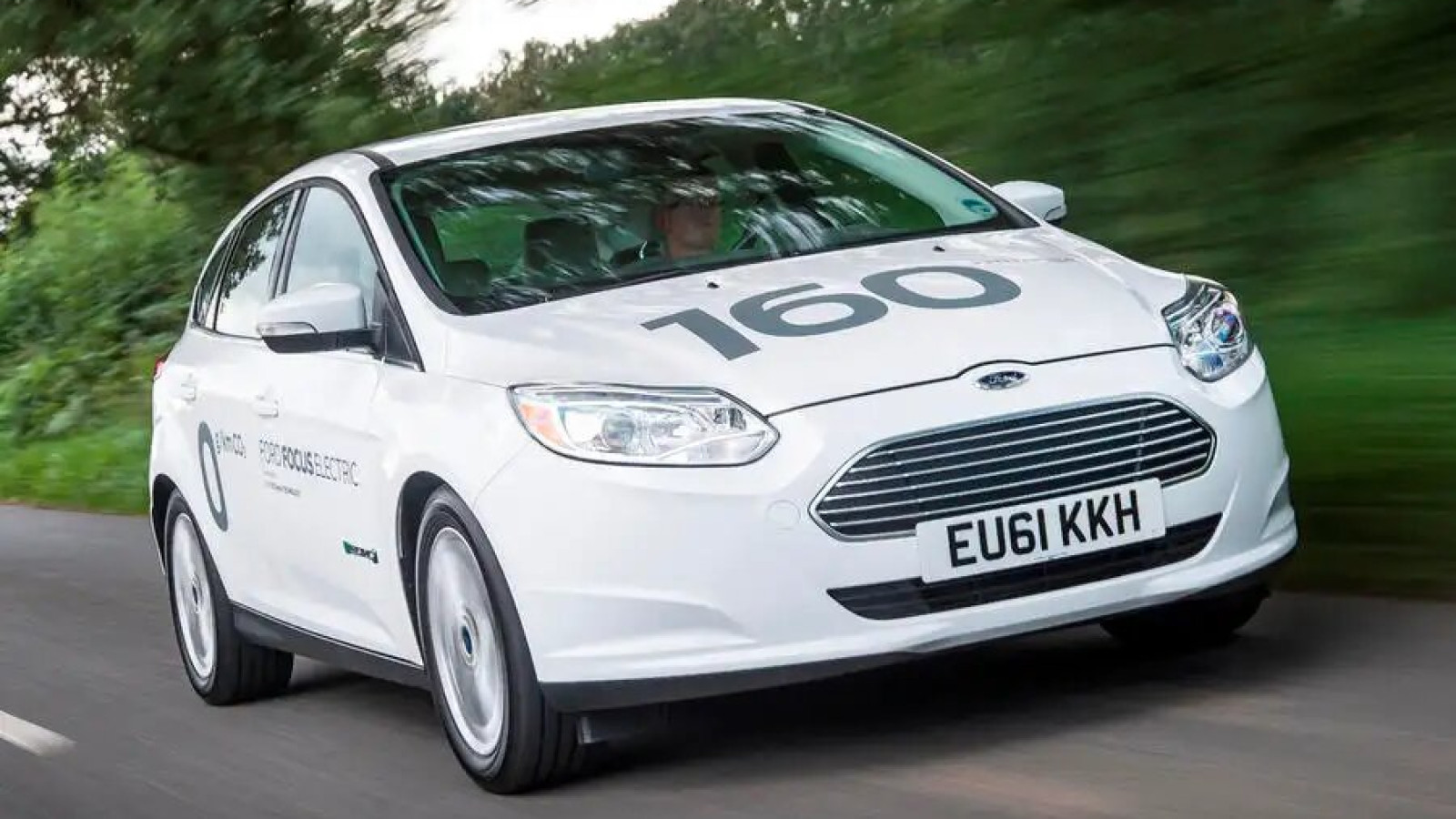 ©
© -
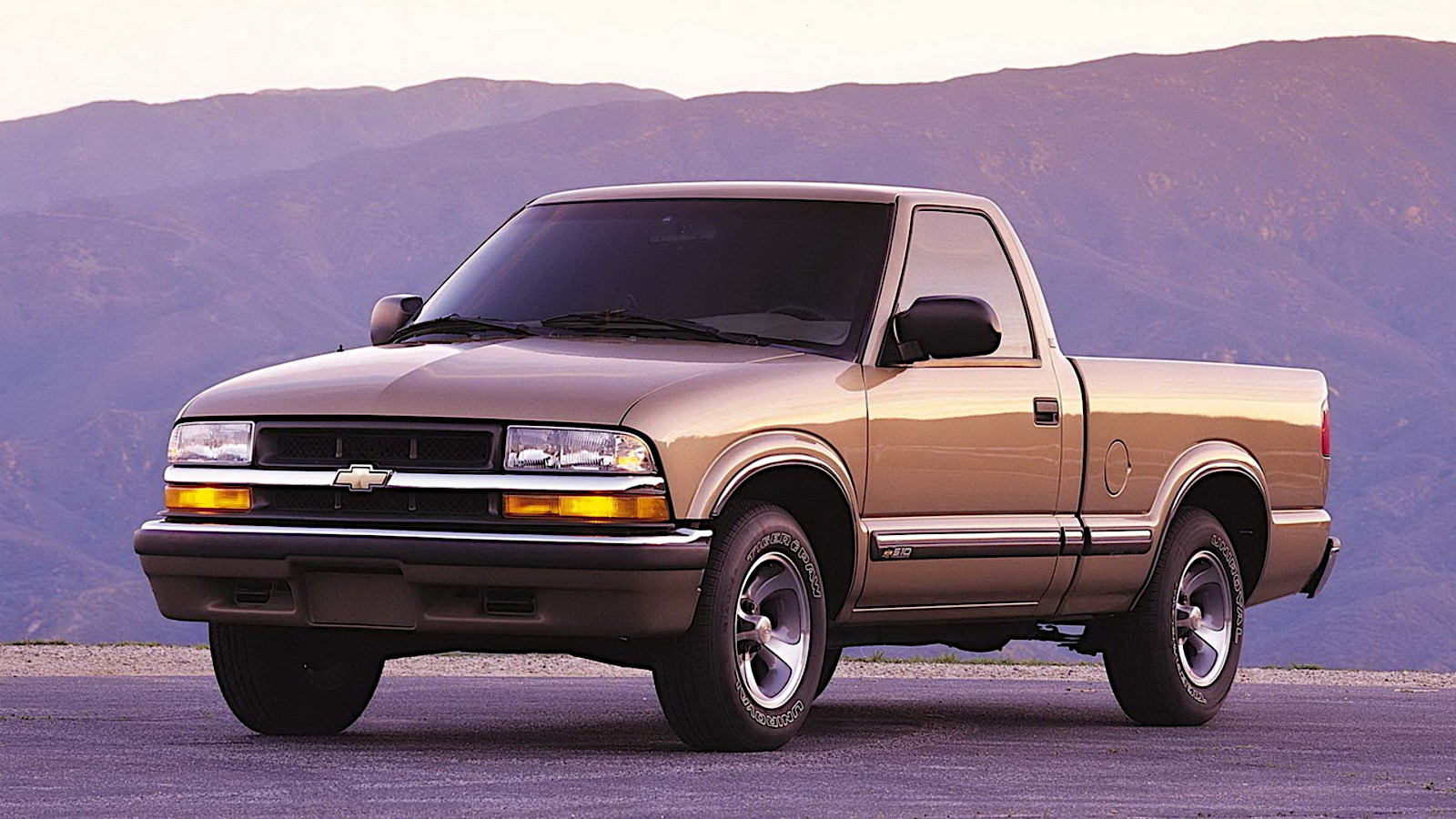 ©
© -
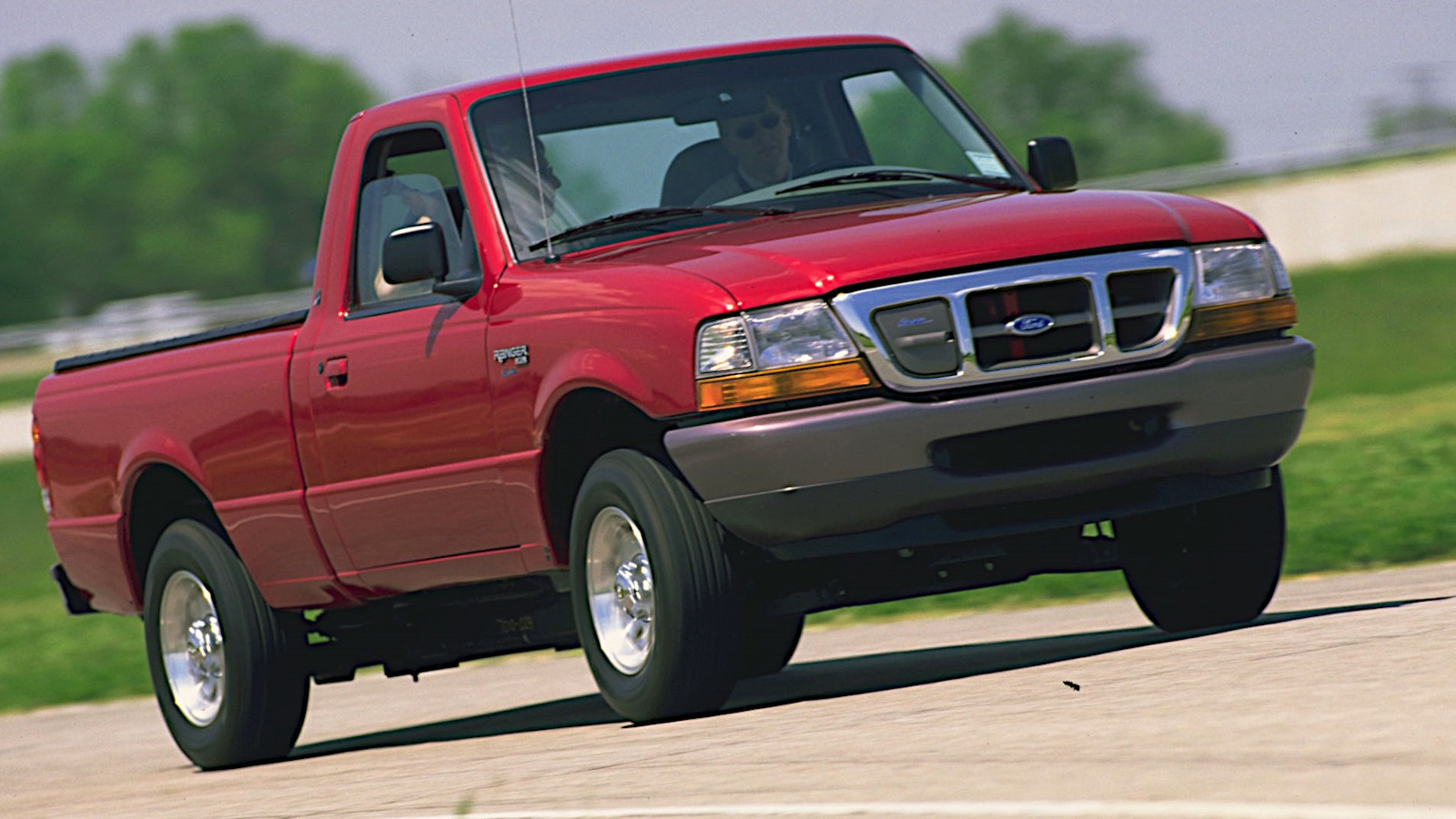 ©
© -
 © Evplus
© Evplus -
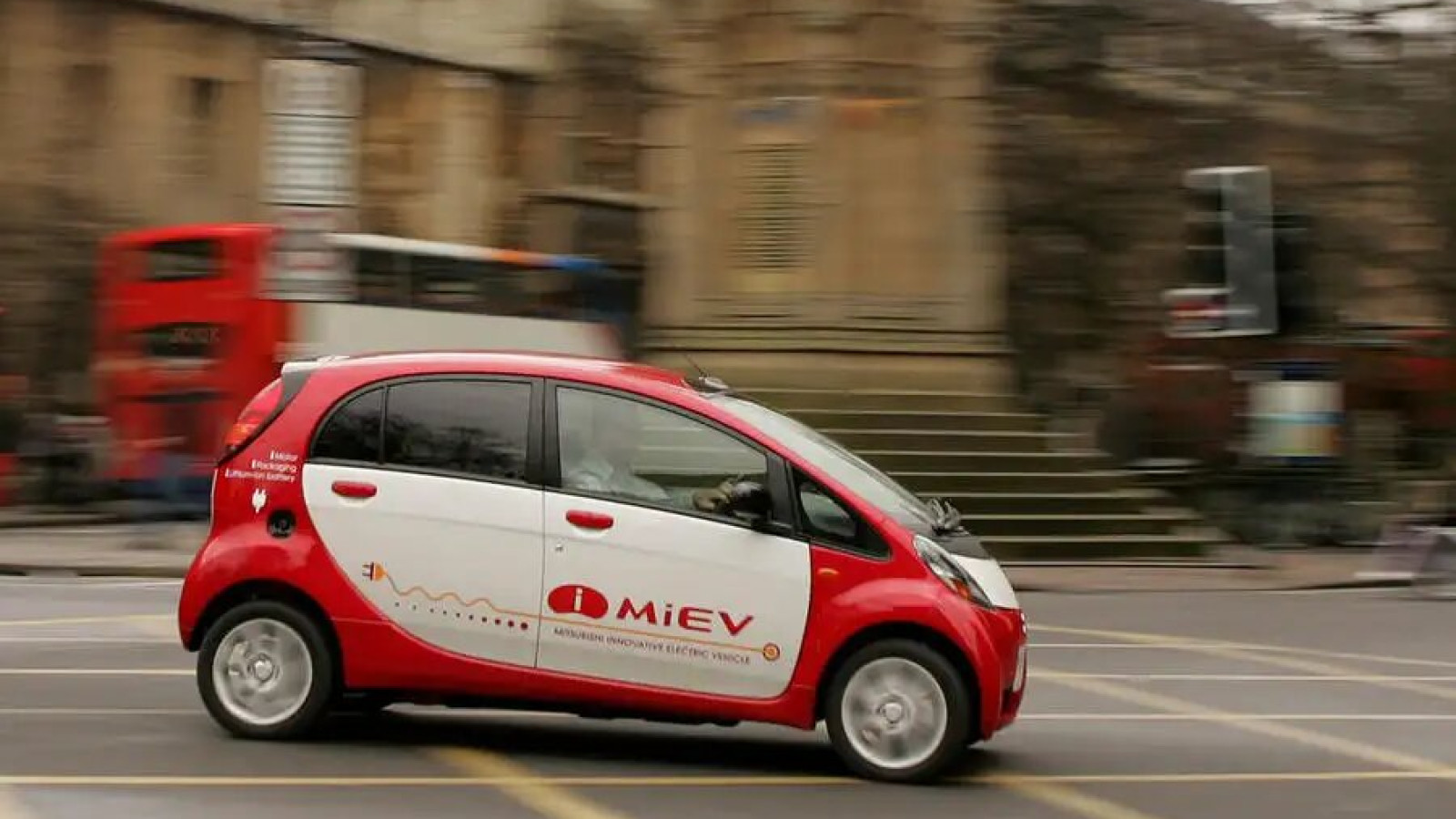 ©
© -
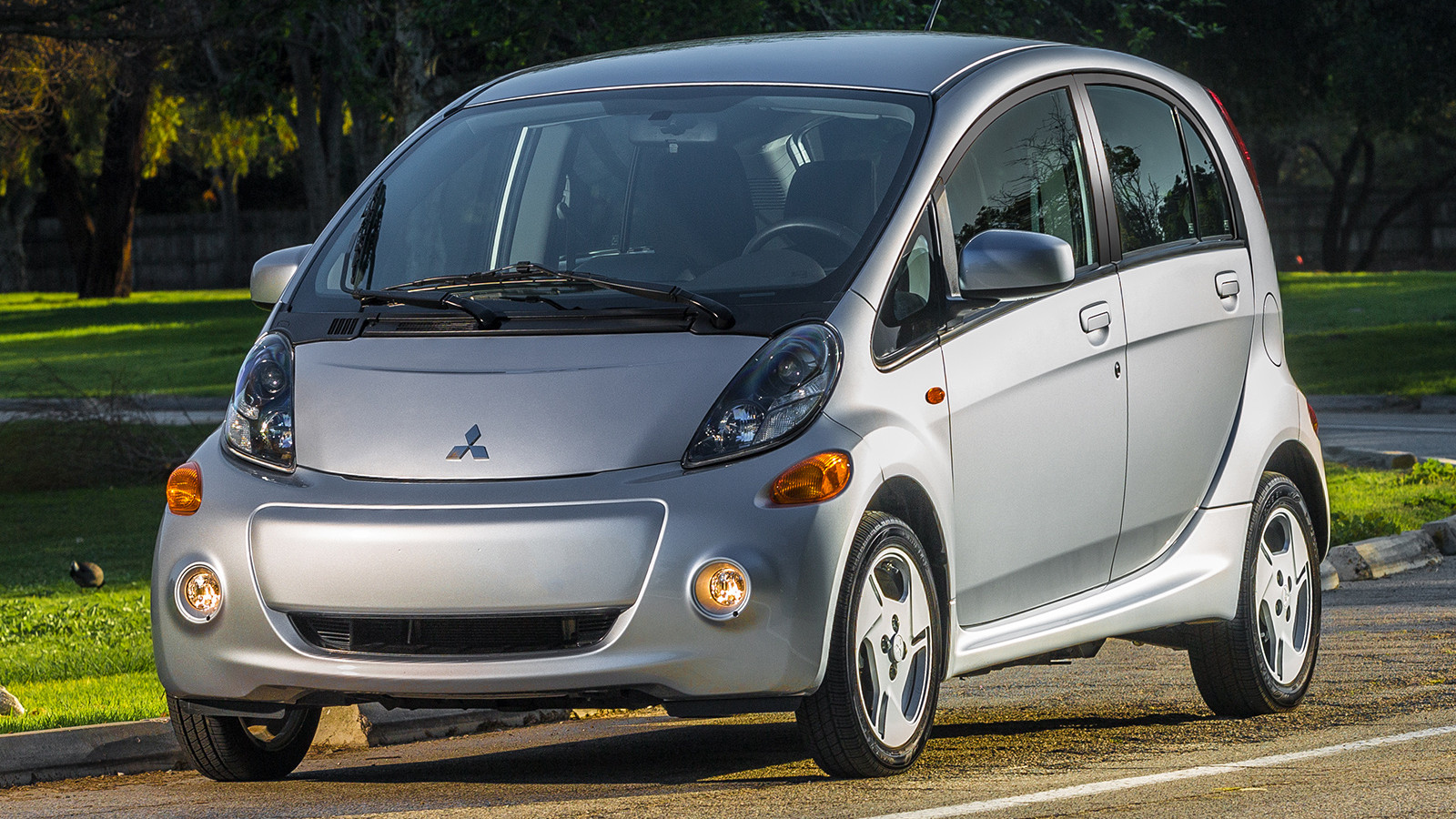 ©
© -
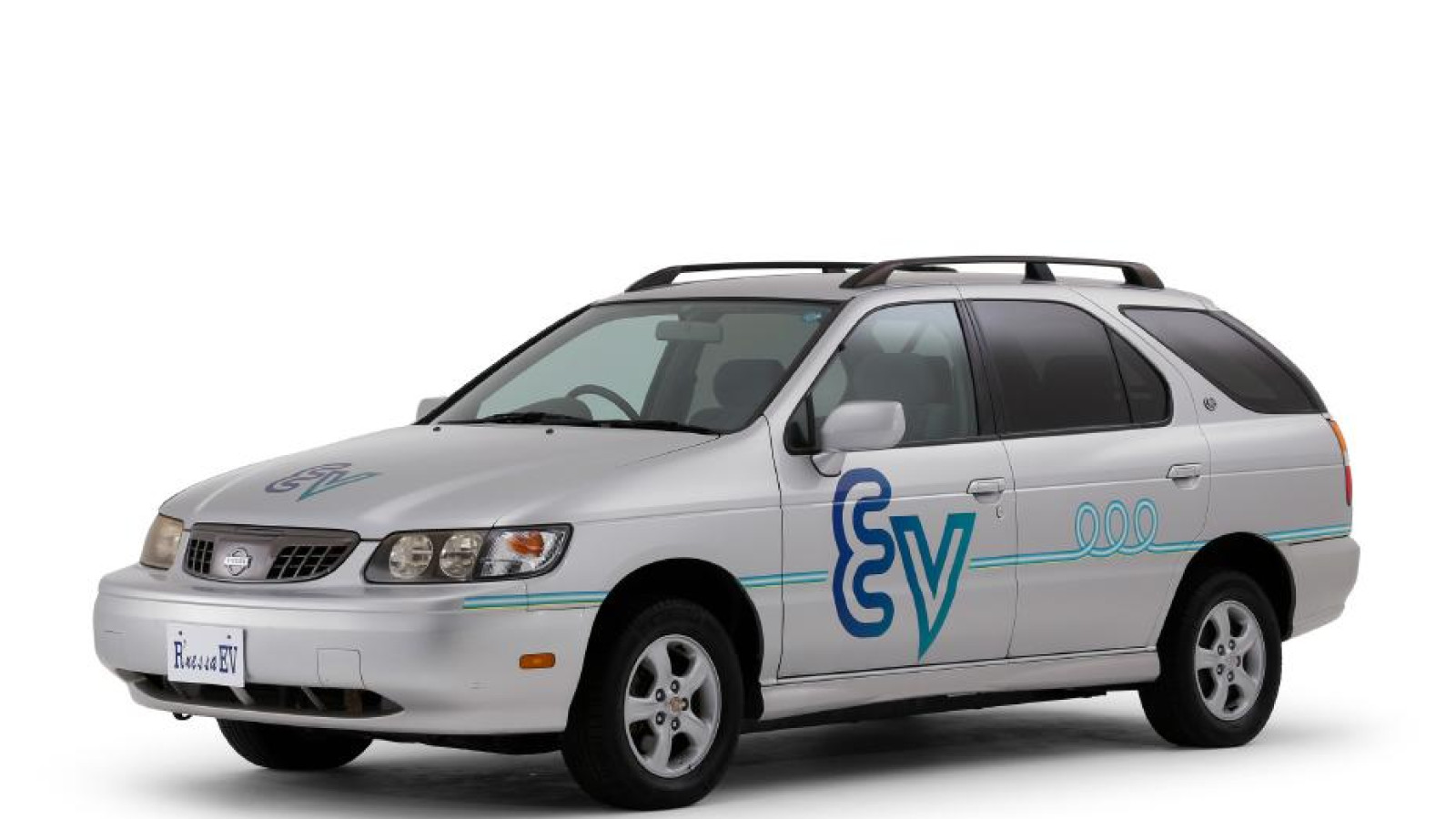 ©
© -
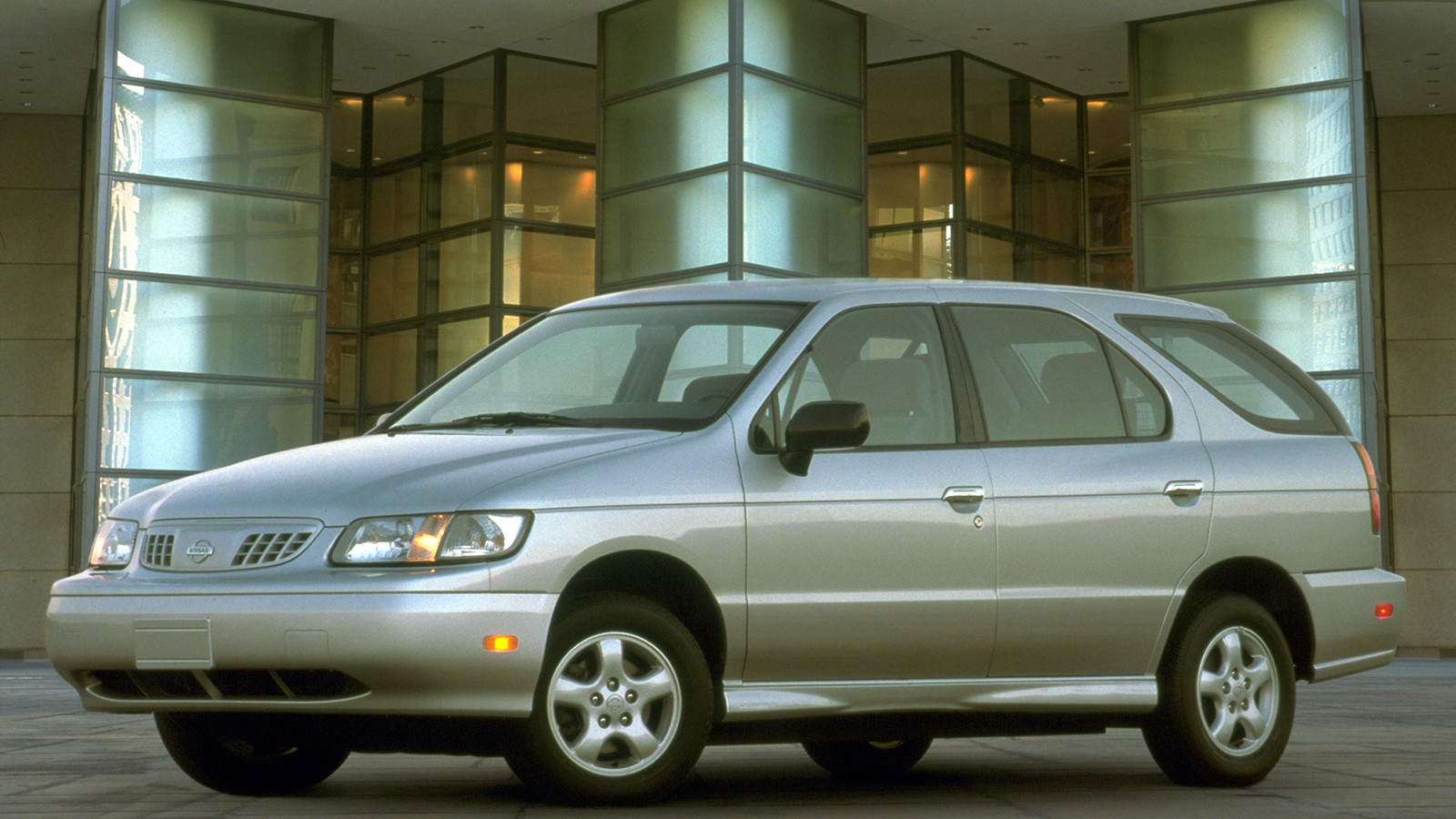 ©
© -
 © Anachrocomputer
© Anachrocomputer -
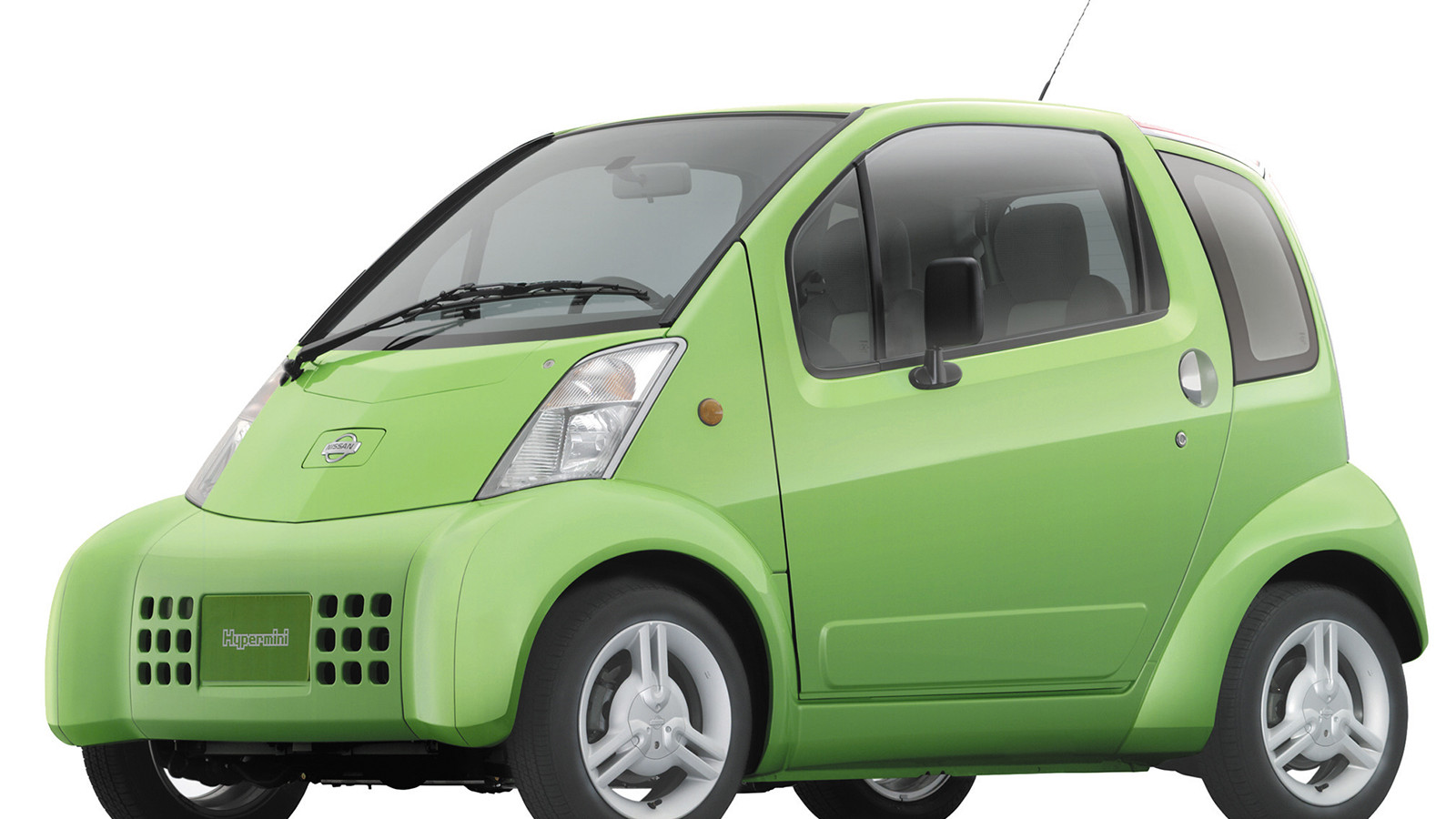 ©
© -
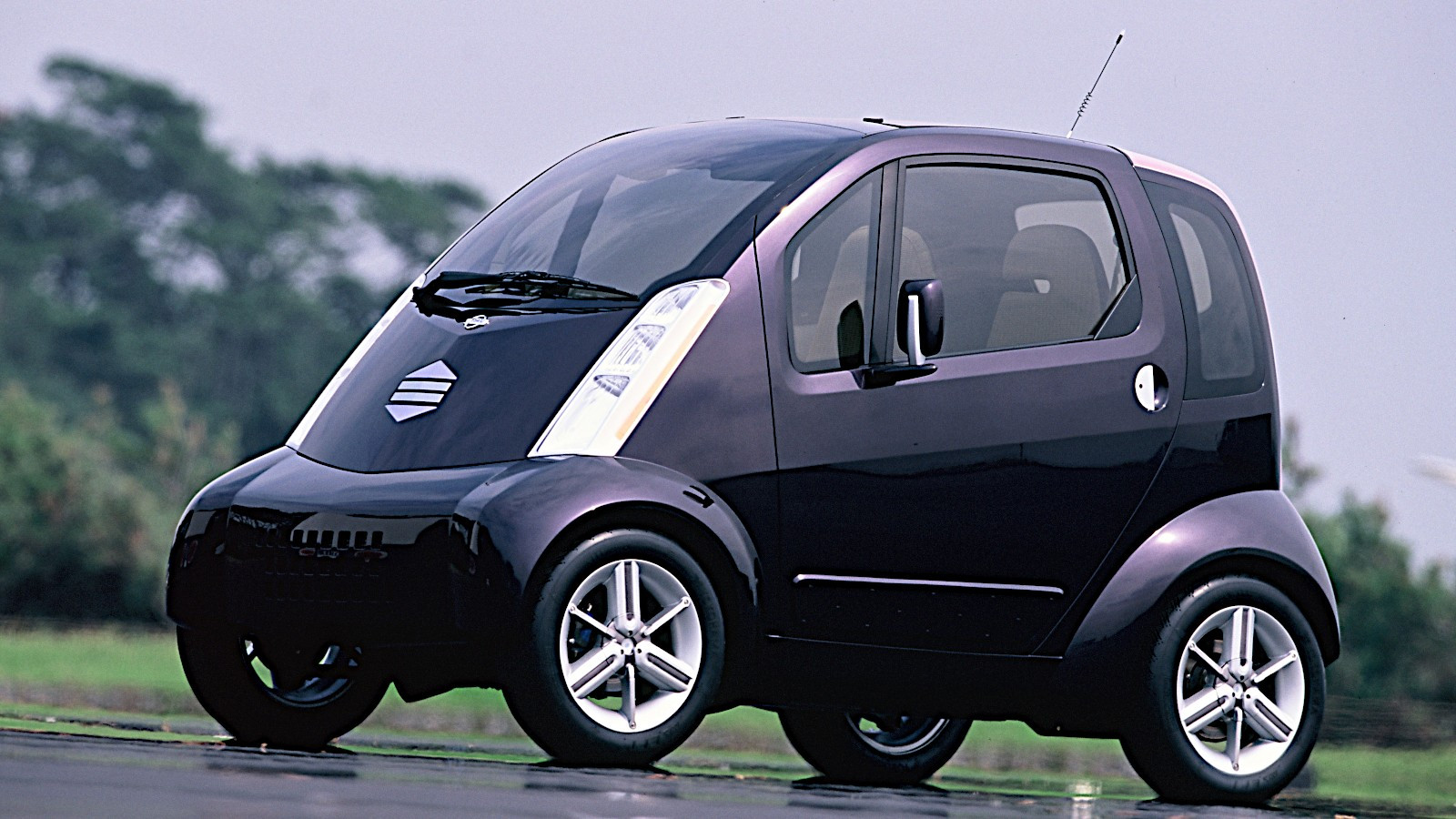 ©
© -
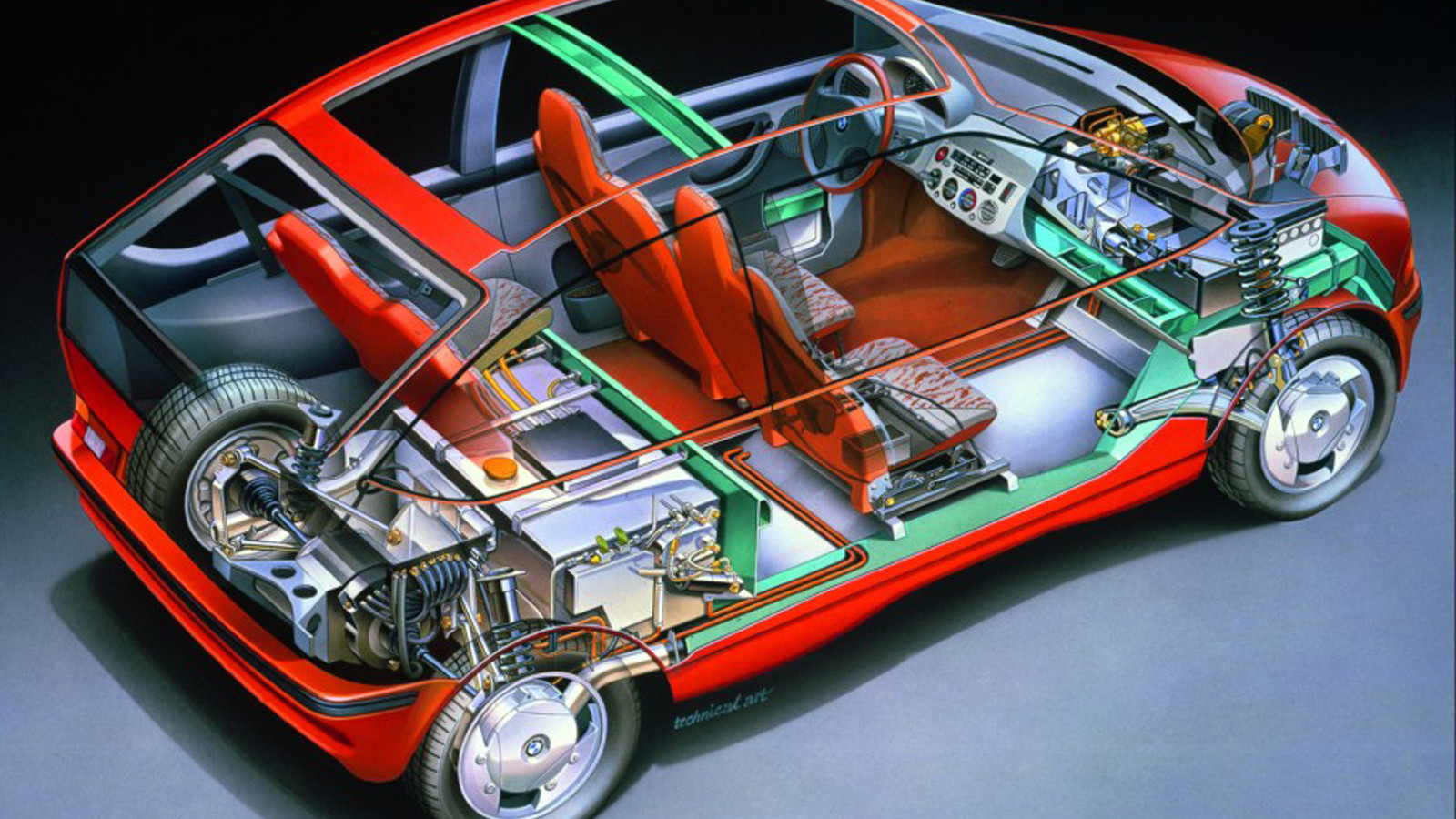 ©
© -
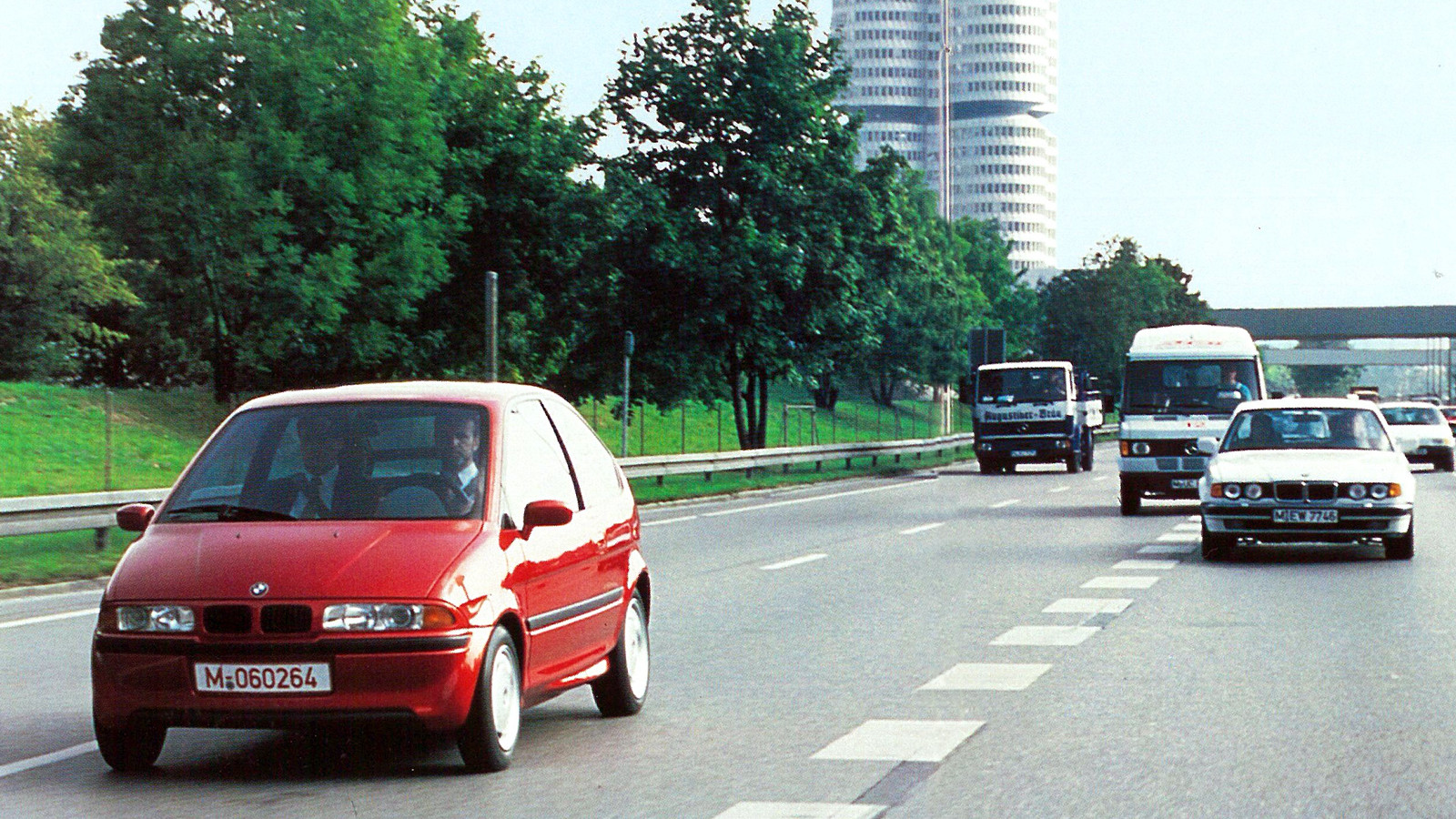 ©
© -
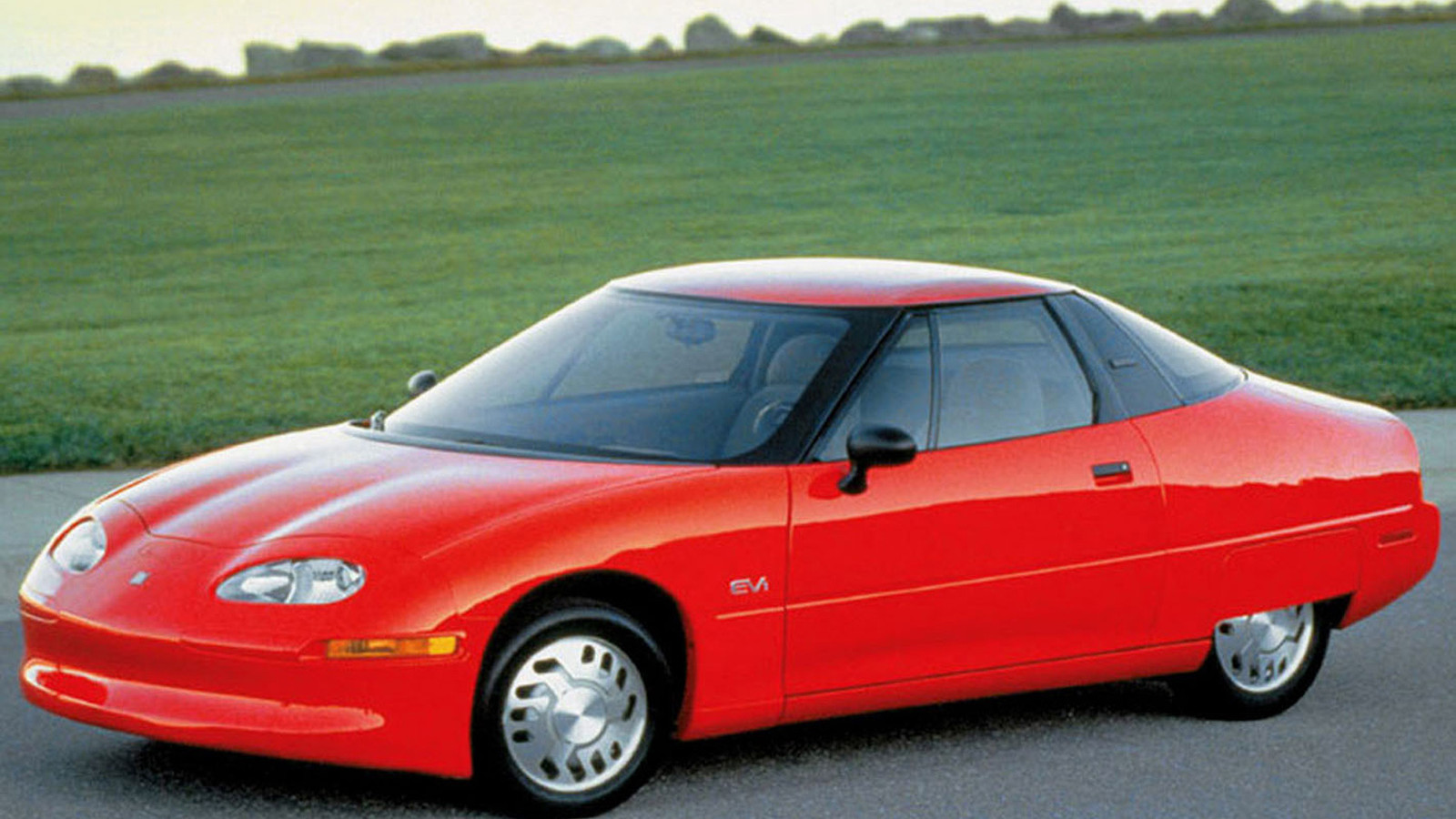 © GM
© GM -
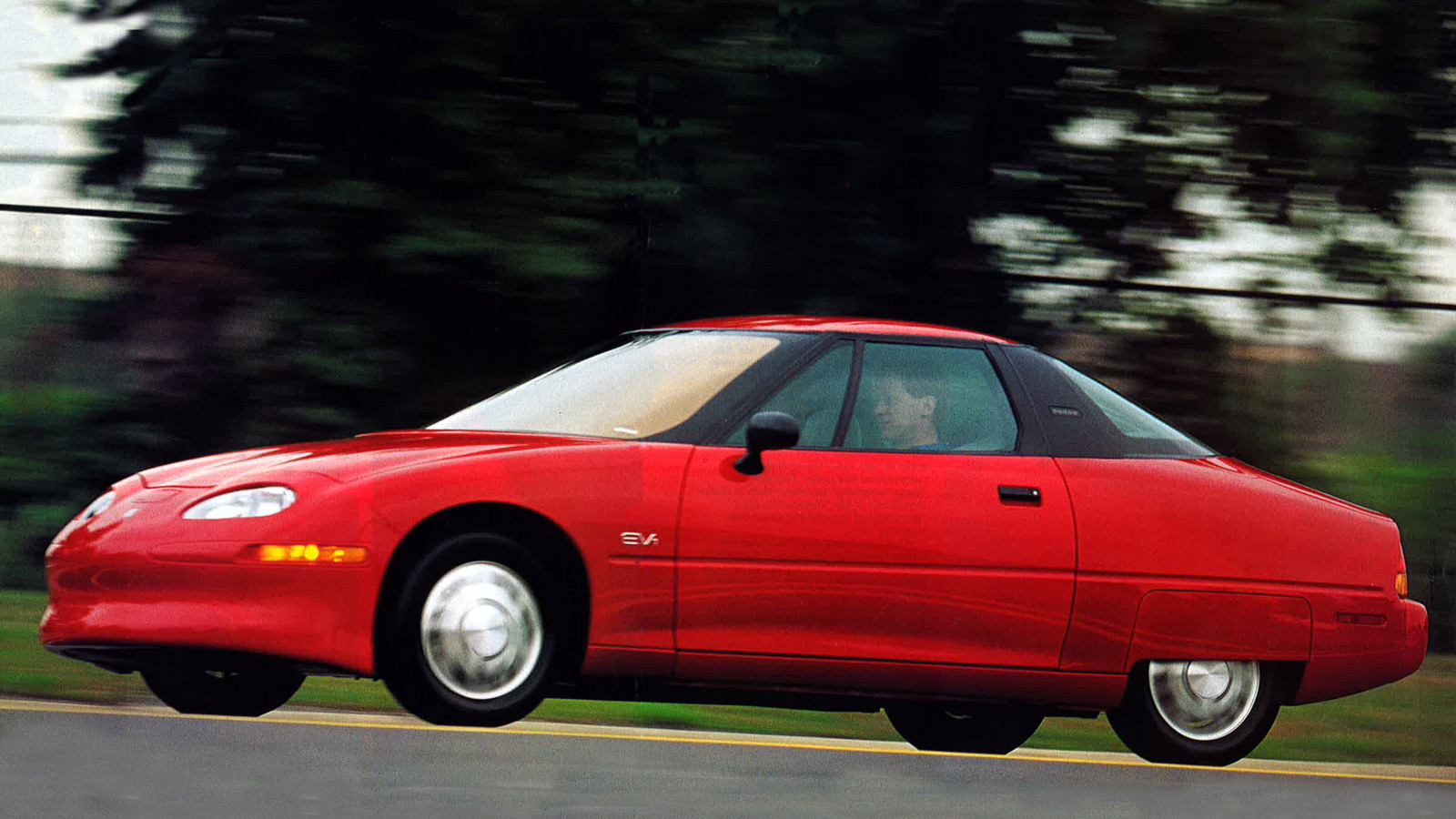 © GM
© GM
-
You might assume that the electric car revolution only took hold in the past decade – but you’d be wrong.
The earliest electric vehicles are as old as the car itself, and today’s mass market sellers are the product of decades of development often in the face of brutal economic realities and just as often only as a result of forward-thinking legislators trying to force car manufacturers to do more.
Here, we take a look back at some early models built to tempt us away from petrol and diesel cars and try electric propulsion - none of which could be described as commercial successes, but all of which have a greater or lesser bearing on the cars we drive today, or will do tomorrow.
-
Ford Focus EV
Made in America, sold in America - but not often bought in America, despite being on sale from 2011 to 2018, it’s fair to say the Ford Focus EV was created to ensure its maker didn’t look a laggard in developing green technology… but arguably only served to underline just how far off the pace it was.
As the name suggests, the Focus EV was a modified version of the hugely successful (but European-focused) family hatch more typically powered by a petrol or diesel engine. Its electric motor developed up to 123bhp, while the lithium-ion battery pack was good for up to 155 miles of range.
Alas, the fact that the Focus hadn’t been designed for electric power was all too evident: the battery pack took up a swathe boot space and across eight years fewer than 10,000 sales were recorded in the United States.
-
Chevrolet S-10 EV
Electric pick-up trucks are all the rage today - we’re thinking Rivian R1T, F-150 Lightning and Chevrolet Silverado EV - but just a couple of decades ago the idea of driving around without a V8 or V6 under the bonnet was considered pretty outlandish.
But there’s always an audience for outlandish - and Chevy tried to tap into it with its first-ever electric vehicle, the S-10 EV which went on sale in 1997.
Borrowing heavily from the General Motors EV1 coupé powertrain, the pick up was front-drive, and initially had a range of about 50 miles if driven at a constant 45mph or less. Top speed was governed to 70mph. Updates did improve that range… to about 90 miles.
Chevy tried hard, but the sales figures told their own story, and it was quietly retired from sale soon after a model year update in 1998 failed to light up interest.
-
Ford Ranger EV
Anything Chevy did Ford wanted to do better: so it was that in 1998 an electric Ford Ranger was put on sale, marking the Blue Oval’s first foray into commercialising an EV.
And while Ford was the Johnny Come Lately by launching after its rival, it did - arguably - manage to have the last laugh by keeping the Ranger EV on sale until 2002, long after the S-10 EV was consigned to the history books.
It launched with lead-acid batteries and a 87-mile range at 45mph or less, but soon switched to nickel-hydride technology, boosting range to 115 miles. Acceleration from 0-50mph took anything from 10.3 to 12.3secs, depending on which model you drove.
-
Honda EV Plus
Today, Honda is viewed as a bit of a laggard when it comes to developing full electric models for the global market, but back in 1997 the EV Plus could be seen out on US roads - and especially Californian ones - signalling its long-time commitment to R&D in the tech.
Echoing a disconnect between official and real range figures that is still to be resolved today, Honda cautioned users that the vehicle was good for 60-80 miles (on a 24-hour charge from empty), whereas it was rated by test authorities at 80-100 miles.
The electric motor produced a modest 66bhp and 203 lb ft of torque, taking it from 0-30mph in 4.9sec and on to a top speed of 80mph.
While around 340 cars were leased to customers, Honda wound the project up in 1999, saying it had learned all it needed to with the project and decided to concentrate its efforts on the hybrid Honda Insight instead. While Honda did maintain the cars for as long as people wanted to drive them, as leases came up Honda took the cars back and destroyed them.
-
Mitsubishi i-Miev
There was a lot that was challenging about the Mitsubishi i-Miev, from how it looks and how you pronounced its name through to… well, just how good a car it was.
On sale from 2009, and in some respects the world’s first mass production electric car as it went on to be sold in every major market, albeit slightly expanded beyond Japan’s kei car rules, and with more kit, for the US market, the quirky i-Miev carved out a cult status among owners but won few friends among onlookers.
That’s because it was pretty poor to drive, had a range of only 80-100 miles, and was very slow, taking 15.9sec to reach 62mph from a standstill.
-
Mitsubishi i-Miev
We shouldn’t be too rude, however: although sales outside Japan ended in 2014, it remained on sale in Japan until 2021. It also attracted the attention of Peugeot and Citroen, who signed a deal for up to 100,000 cars, to be rebadged as the Peugeot IOn and Citroen C-Zero for the European market. Whether they sold 100,000 is another matter altogether, however…
-
Nissan Altra
How times change. Today, it would be a shock if you took the covers off a new car and it wasn’t powered by electricity - but back in 1997, when the covers came of the Nissan Altra electric car at the LA motor show… almost nobody took much interest, and those that did were more intrigued by its oddity than as a precursor to what would become (for a time) the world’s best-selling EV, the Nissan Leaf.
-
Nissan Altra
At launch, Nissan covered all the bases by describing the Altra as a cross between a saloon, SUV and minivan - making it all the more remarkable that the end result looked so sober that they had to put stickers on it to highlight its differences. What those stickers pointed too was remarkable, however: the first use of lithium-ion batteries in a mass-produced car.
The underpinnings came from the oddly named Nissan R’nessa (the name under which it was sold back home in Japan) and, with a focus on sales to fleets who could make use of its 83bhp and 120-mile range. Only around 200 were ever made, with about 30 entering the US.
-
CityEl
Arguably (or perhaps not arguably) Denmark doesn’t have the greatest of automotive heritages, giving the CityEl a prominent place its history books - if nobody else’s.
Originally called the MiniEl (no prizes for guessing who objected to that name) and first produced in 1987, the remarkable three-wheeled one-seater (plus optional child seat) is - shockingly - still in production today, albeit now in Germany, and sold globally.
Adding to the intrigue, you enter and exit the CityEl by lifting the whole top half of the vehicle up on gas-struts. Once in, the driver finds typical car-like controls - although regulation variations do mean that it is classed as an electric motorcycle in some markets.
Range was rated at 43 to 56 miles originally, but lithium-ion tech has now taken it to 75 miles. Top speed is around 40mph. Weighing just 280kg, it is also remarkably agile, and can be lifted relatively easily.
-
Nissan Hypermini
That limited availability and meagre specs didn’t stop eager early adopters from giving it a go: around 300 Hyperminis were made, and trialled in Kyoto, Yokohama, Ebina and Tokyo, plus California and Pasadena. When the project closed many of the cars were taken back by Nissan and never seen again - but in Japan, very occasionally, one does come up for sale even now.
-
Nissan Hypermini
Where else would a car that looks like this be launched than at the Tokyo motor show? When the covers came off, many assumed the concept car, showcasing light weight materials and the use of an aluminium spaceframe, would remain just that - a way of demonstrating its maker’s commitment to efficiency.
But three years later, in 2000, there it was in full two-seat production glory and - notably - using lithium-ion battery tech. There were limits to what it could do - a top speed of 62mph and claimed range of 71 miles (and then only if the air-con was switched off, according to the official brochure) were limiting.
-
BMW E1
Just one E1 was built; powered by a 19.2kWh sodium sulphate battery good for 155 miles of range (and a two-hour rapid charge). Alas, on one such charging cycle it caught fire and was destroyed.
No matter, BMW’s commitment was undimmed: two years later a new E1 concept was launched, and the path to the BMW i3’s mass market production set.
-
BMW E1
MW dabbled early with electric propulsion, most notably making a statement when it converted two 1602s and wheeled them out at the 1972 Munich Olympic Games. Alas, the Elektro-Antriebs could travel just 37 miles on a full charge of their lead-acid batteries, which weighed a scarcely believable 350kg.
That wasn’t the end of its efforts, however, and electric versions of the 700 and early generations of the 3 Series featured electric offshoots, and in 1991 it revealed the first evolution of its E1, a three-door four-seater with an eye on new zero emissions legislation in California. -
GM EV1
Nissan Leaf, Nissan Schm-eaf. The first mass-produced electric car of the modern era wasn’t Nissan’s likeable family car, but rather the General Motors EV1 that was sold from 1996 to 1999. In fact, GM was so all-in on the idea that the EV1 is also the first purpose-built EV that the company ever built.
Inspired by the Impact concept car, early adopters were targeted through lease programmes in San Francisco and Sacramento in California, and in the state of Georgia. Lucky recipients - who were told they were part of a real-world research programme - got an electric car that could cover 78-142 miles, depending on model year updates. Other highlights included 137bhp and 101lb ft of torque - enough for a respectable 8.4sec 0-60mph time.
-
GM EV1
In total, around 1200 EV1s were manufactured - but controversially, many would-be leasees reported being told that they couldn’t have one. This, in turn, put a focus on profitability (or lack thereof) and gave rise to suggestions that GM wasn’t truly committed to the project.
When GM canned the project, it recalled most of the cars and destroyed them, so only a handful remain. A number of universities were allowed to keep versions for training, and a few private ones slipped into private hands and ended up in strange places – you'll find one in Shanghai's car museum in China.
Meanwhile, a documentary on the canning of the EV1 ensured the machine's notoriety. Elon Musk later cited the decision to axe the EV1 as part of the reason he invested heavily in Tesla.
